You can read this exclusive content thanks to the FALATH & PARTNERS law firm, which assists American people with Slovak roots in obtaining Slovak citizenship and reconnecting them with the land of their ancestors.
Welcome back Slovak Roots fans!
This is the latest edition of our Slovak Roots newsletter, dedicated to the community of people with ties to Slovakia.
In this instalment, you'll meet a historian whose life's purpose is to preserve the heritage of Slovak emigrants outside their homeland – so much so that upon receiving a phone call he buys a plane ticket and flies to wherever such heritage – be it a book, a document or historical clothing – needs saving.
We also continue our exploration of eastern Slovakia, this time focusing on Košice and its surroundings. We have a review of a book containing 44 stories of Slovak emigrants, as well as an interview with an American who is a descendant of some of those emigrants.
Don't miss a single edition of the newsletter: sign up right here.
Saving heritage
In the previous instalment of this newsletter, we introduced you to Kasigarda, the Museum of Slovak Emigration to the USA located in Ťahyňa, part of the village of Pavlovce nad Uhom, near the Slovak border with Ukraine.
Now, we bring you an interview with its founder, historian Martin Javor. His family history is closely tied to emigration: every branch of his family has some connection to America. For example, two of his great-grandmothers were born there, and his great-uncle fought for the US in the Pacific theatre in WWII.
There were more reasons why he chose to found the museum in one of the last remaining "Amerikánske" (American) houses in Slovakia. These were built by emigrants when they returned with their hard-earned money. Find out more here.
Book review
Hundreds of thousands of Slovaks emmigrated between the latter part of the 19th and early 20th century. Among them were Martin Javor's ancestors, as well as those of Zuzana Palovič, who together with Gabriela Beregházyová penned the book Slovak Settlers.
It presents a sample – 44 acounts – from among the millions of Slovak-American stories who crossed the Atlantic Ocean and, despite all the odds, made a living in the New World.
"Overall, Slovak Settlers is a noteworthy contribution to the literature that provides substantial, wide-ranging depth and breadth probably not previously accomplished to this extent in a single volume. It’s both sobering and encouraging to see how so many courageous migrants overcame tremendous hardships to create rewarding new opportunities for themselves and their descendants while retaining an intrinsic, enduring love of their homeland," reads Javor's review of the book.
Exploring Košice
Our colleague Jozef Ryník continues his exploration of eastern Slovakia, this time making his way to the biggest city in the region, Košice.
"As it turned out, Košice is a city where everything feels delightfully close: I found that all my meetings were within a brisk 15-minute walk or a quick 10-minute electric scooter ride from the heart of the city. This compactness made exploring Košice a breeze," he explains in his latest account.
In 2013, the city was named a European Capital of Culture. Former industrial buildings such as heat exchangers were renovated with European funds and transformed into cultural hubs. These venues, such as the Kunsthalle and Kasárne-Kulturpark, have not only survived but are thriving today. Many of them are supported by Košice's thriving IT sector.
In the near future, the new Volvo factory in Valaliky, a village near the city, is bound to affect the area's prosperity and level of development even more.
Also, if you're planning on visiting Košice, be sure to check out this story with several tips on where to go and what to experience.
"It's who I am"
Wrapping up this instalment is an interview with David Feher, a New York-based sports lawyer with Slovak roots.
One of his grandmothers was born in Stropkov, eastern Slovakia, and at the age of 17 her father gave her a choice: accept an arranged marriage in Slovakia, or go to the US. She chose the latter.
Growing up, Feher would hear a lot about the difficulties his ancestors had to go through in order to make a living in the New World. "It sticks with you," he says, adding that this knowledge humbled him. It is an inheritance he has tried to pass on to his daughter.
"From the time I was born, it's always been who I am," Feher says about having an immigrant background.
A selection of feature stories published by The Slovak Spectator that we recommend reading:
Two Slovak women recently set new mountaineering records. But while the pair’s achievements are astounding, one woman with Slovak roots had already made it to the peak of the world’s highest mountain.
A challenging trek to the third highest peak in the Western Tatras leaves hikers sore – but rewards them with an uncrowded summit and amazing vistas.
History portrays them as the bitterest of enemies, but a discovery near a village in western Slovakia shows that there wasn't always violent antipathy between the Romans and Germanic tribes.
Ukrainian student Taras Tsohla sees good in Slovaks despite many of them believing Russian propaganda tropes. He does not regret coming to Slovakia to study, but he would like to see Slovak people be more open.
In an interview with The Slovak Spectator, US Ambassador Gautam A. Rana reiterates his optimism about the future of Slovakia and US-Slovak relations.
What you need to know as an English-speaker when it comes to Slovak language regarding bathing – and a word of caution about a phrase that might put you in the spotlight, and not in a good way.
Would you like to share your story with us? Did you enjoy the newsletter? I would love to hear your thoughts, questions and feedback: matus.beno@spectator.sk or spectator@spectator.sk.


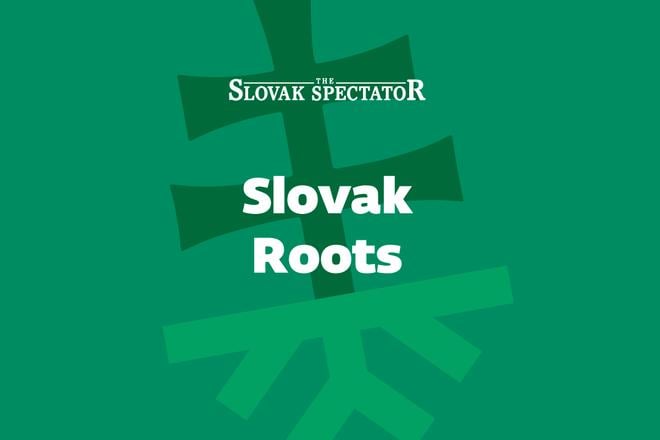 (source: Hej, ty!)
(source: Hej, ty!)
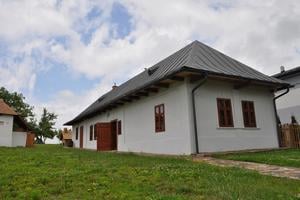
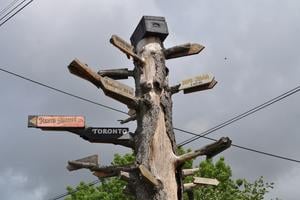
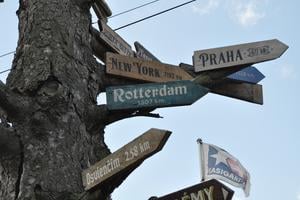
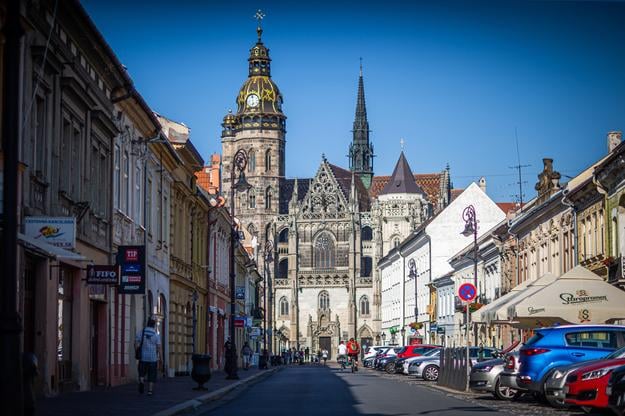 The city's Gothic cathedral is an iconic symbol of Košice. (source: Marko Erd, SME)
The city's Gothic cathedral is an iconic symbol of Košice. (source: Marko Erd, SME)
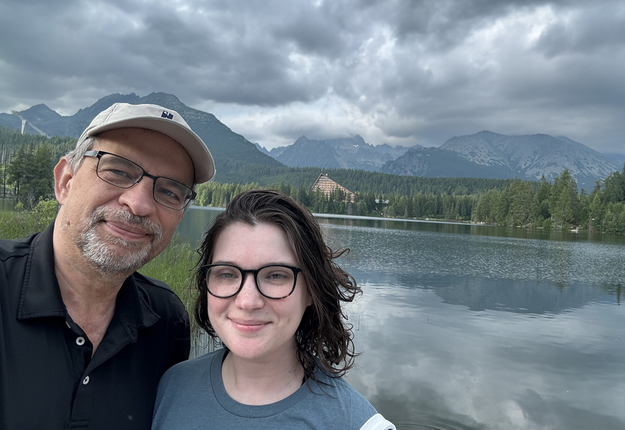 David Feher with his daughter Emily at Štrbské Pleso in Slovakia's High Tatra mountains. (source: Archive of D. F.)
David Feher with his daughter Emily at Štrbské Pleso in Slovakia's High Tatra mountains. (source: Archive of D. F.)